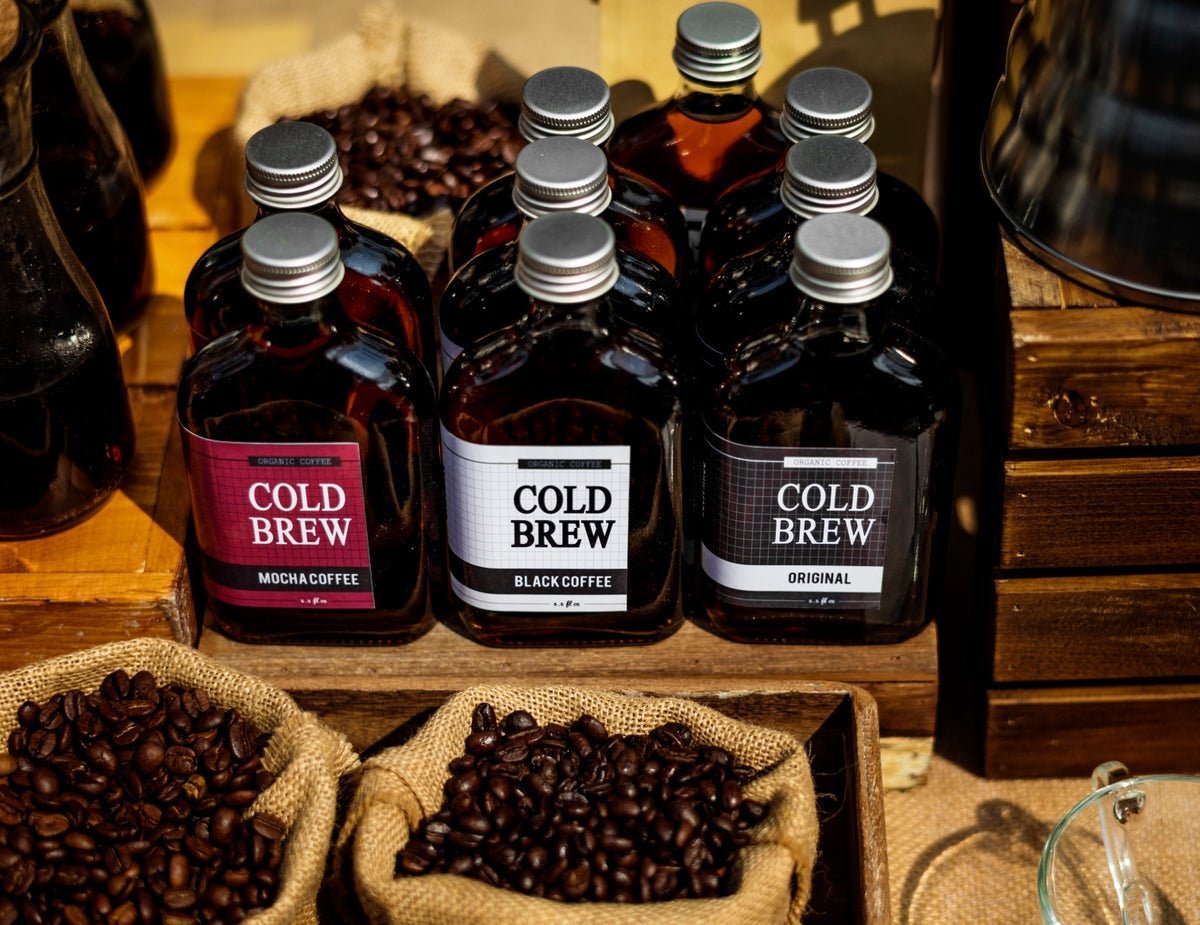Your Ultimate Guide to Cold Brew Coffee: A Refreshing and Flavorful Alternative

Welcome to the ultimate guide to cold brew coffee! If you're a coffee enthusiast looking for a refreshing and flavorful alternative to traditional hot coffee, you've come to the right place. In this blog post, we'll delve into the wonderful world of cold brew coffee, exploring its origins, brewing methods, flavor profiles, and the many reasons why it has become a beloved choice for coffee lovers worldwide.
What is Cold Brew Coffee?

Cold brew coffee is a brewing method that involves steeping coffee grounds in cold water for an extended period, typically 12 to 24 hours. Unlike traditional hot coffee, cold brew is never exposed to heat during the brewing process. This slow and gentle extraction results in a distinct flavor profile that is less acidic and smoother than hot-brewed coffee.
The Origins of Cold Brew Coffee
![]()
While cold brew coffee has gained popularity in recent years, its origins can be traced back centuries. In the 17th century, Dutch traders devised a brewing method using cold water to extract coffee's flavor while onboard ships. This technique allowed them to preserve the coffee and enjoy a refreshing beverage during long voyages. Over time, cold brew coffee spread to other parts of the world, with variations emerging in different cultures.
Brewing Methods
There are various methods to make cold brew coffee, but the basic principle remains the same: steeping coffee grounds in cold water. Here's a simple cold brew recipe to get you started:

- Coarsely grind your favorite coffee beans.
- Combine the coffee grounds and cold water in a ratio of 1:4 (1 part coffee to 4 parts water).
- Stir gently to ensure all the grounds are saturated.
- Cover the container and let it steep in the refrigerator for 12 to 24 hours.
- After steeping, strain the mixture using a fine-mesh sieve or a coffee filter.
- Dilute the concentrate with water or milk to your desired strength.
- Serve over ice and enjoy!
Experiment with different coffee-to-water ratios, steeping times, and brewing vessels to find your perfect cold brew recipe. Remember, the longer the steeping time, the stronger the flavor will be.
Flavor Profiles and Customization
![]()
One of the major appeals of cold brew coffee is its unique flavor profile. The slow extraction process produces a smoother, less bitter, and less acidic brew compared to hot coffee. Cold brew is often described as having chocolatey, nutty, and caramel-like notes with a subtle sweetness.

To enhance your cold brew experience, consider experimenting with flavor additions. You can add a splash of vanilla extract, a dash of cinnamon, or a hint of chocolate syrup to create your personalized cold brew creation. Don't be afraid to get creative and try different combinations until you find your favorite flavor profile.
Health Benefits of Cold Brew Coffee

In addition to its delightful taste, cold brew coffee offers several health benefits. Due to its lower acidity, cold brew is generally gentler on the stomach, making it a suitable choice for individuals with acid reflux or sensitive digestive systems. Moreover, the extended brewing time enhances the extraction of caffeine, resulting in a higher caffeine content compared to regular coffee. This makes cold brew an excellent option for those looking for an energy boost.
Conclusion
![]()
Cold brew coffee is a refreshing and flavorful alternative that has captured the hearts of coffee lovers worldwide. Whether you're seeking a less acidic brew, a unique flavor experience, or a higher caffeine content, cold brew has it all.







